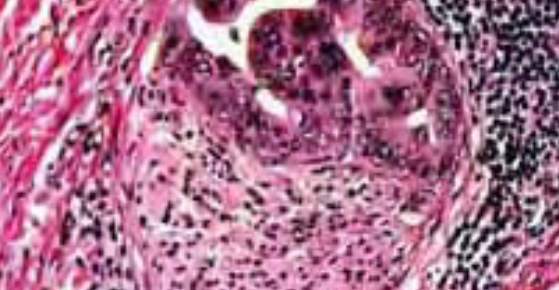Experimental model of the burn wound topical treatment
DOI:
https://doi.org/10.17305/bjbms.2003.3495Keywords:
animal model, burns, wound healing, topical treatmentAbstract
BACKGROUND AND PURPOSE:
Clinical research of drugs is a researching step subsequent to the preclinical studies in experimental animals. The aim of our research was to evaluate animal model of wound healing process after the burninducement and effects of the ointment containing natural plants on the process of burn healing.
MATERIAL AND METHODS:
Burn wounds were experimentally induced in two species of experimental animals which were treated with topically applied herbal preparation with concomitant monitoring of the healing process. Experimental groups (1) of 15 animals each (mice and rats), while control group (2) of 10 animals each (mice and rats) that were not being treated with herbal ointment. After the hair removal, burn was induced on the back of animals by heated brass seal. Different clinical symptoms including oedema of surrounding tissue, redness, exudation, size of the burn surface, histological and microbiological findings were monitored on the days 1, 3, 7, 14 and 21. A statistically significant difference was observed throughout descriptive statistics and paired Student's t-test.
CONCLUSION:
Physiological healing processes of the acute burn wound following the topical application of herbal preparation can be monitored on the utilized animal model. A three-week treatment resulted in the 90% of completed epithelization in both animal species, indicating the effectiveness of topically applied herbal preparation.
Citations
Downloads

Downloads
Published
License
Copyright (c) 2018 Bosnian Journal of Basic Medical Sciences

This work is licensed under a Creative Commons Attribution 4.0 International License.
How to Cite
Accepted 2018-04-14
Published 2003-11-20









